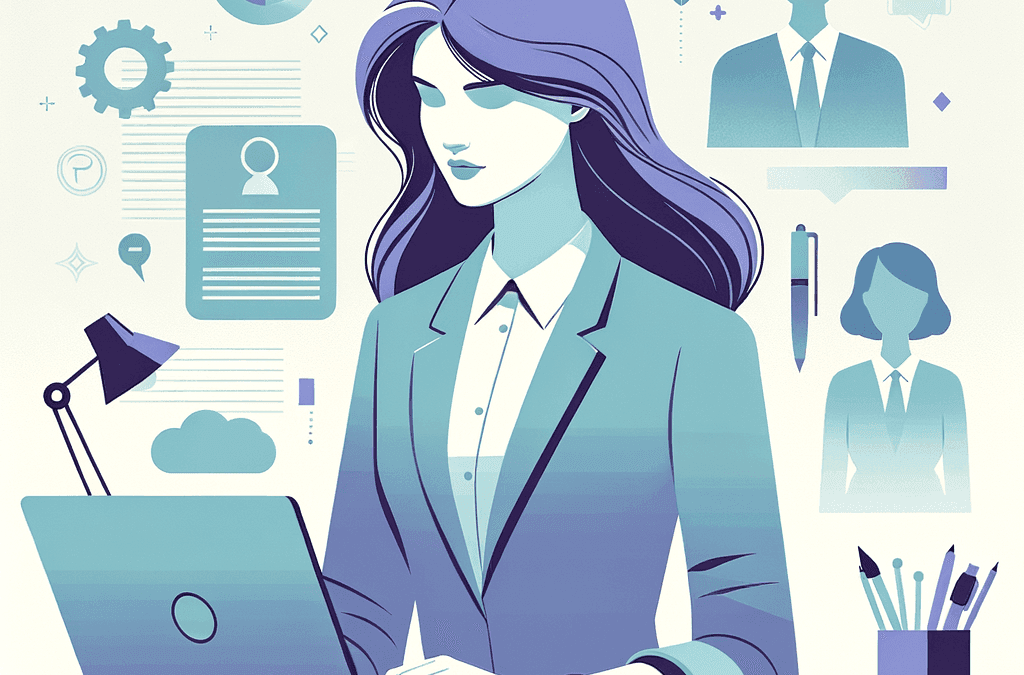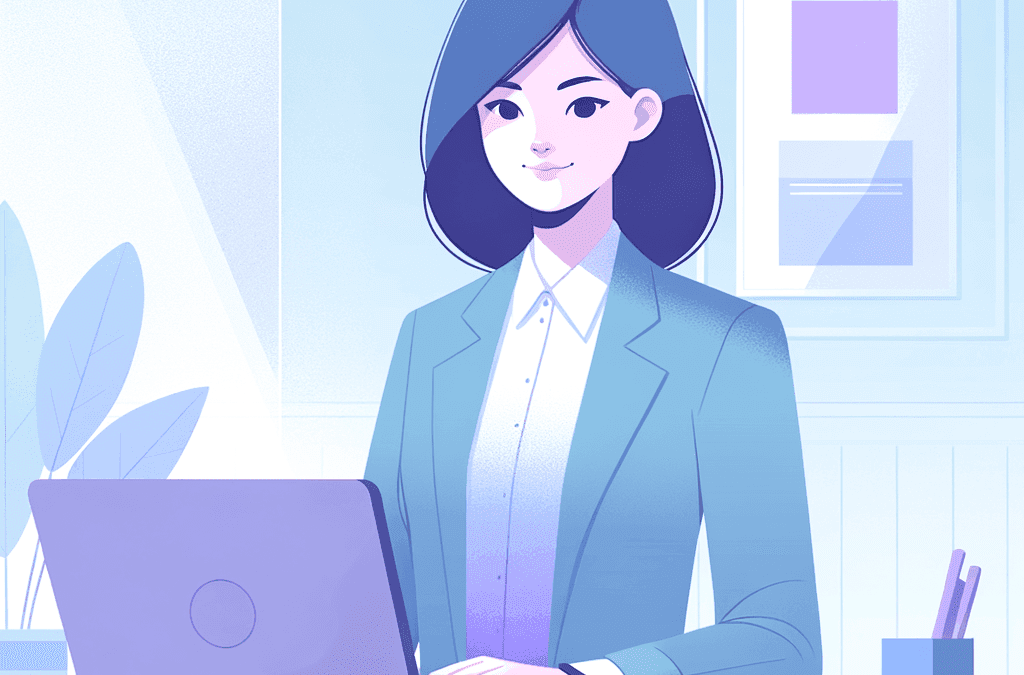The great thing about owning an online business or website, is the relatively low barrier to entry. Kind of like “have bag, will travel.”
Have laptop, have Internet, will work.
Obviously, the work hardly stops after the start-up phase. In fact, the majority of work probably comes after, especially the work of protecting all facets of your business.
[Tweet “4 things to protect are your brand, your relationships, your customers & your site”]
Just a quick disclaimer that this information is primarily for United States-based businesses – however, read on and gain some knowledge, as your country may be similar!
Intellectual Property Checklists For Protecting Your Brand
Brand is what people see, think, and feel about you.
It is the voice of your business. We want to protect our brand on a legal level through business formation, trademark, and copyright procedures.
All businesses must be formed properly in the jurisdiction where business is occurring, as a general rule in the United States. The most popular choices of formation are Sole Proprietor, Limited Liability Company, and Corporation.
The formation itself puts the governmental bodies on notice that you are engaging in a business practice. Through formation procedures the name of your business can be protected from use by other businesses in your jurisdictions.
However, this protection is limited. You can protect your name, brand, logo, slogans, and other intellectual property identifiers by submitting for a trademark.
A trademark will protect your brand from use by others in your specific business area.
For example, a trademark will protect your logo in the blog community from use by another blogger. If someone else online began to use your logo to sell goods online, you, as the trademark holder, can legally stop them.
You can trademark a phrase, a specific logo, or even a sound.
Your name and identity can be protected on a State and/or Federal level. However, the products and content you produce is not subjected to trademark.
This falls under copyright at moment of creation. All of your intellectual property that you create is yours. While you receive common law protections from creation, it is recommended you take steps to submit for formal copyright with the Copyright Office.
It is important to note that you’ll need copyright registered in order to pursue damages for copyright infringement.
To ensure these actions afford you full protection, make sure you use the appropriate symbols.
The TM can be used on your logo and slogans until you are a registered mark. Upon registration you can use the R symbol.
You can also use the C symbol and provide copyright notices on your site, products, contracts and materials to put everyone on notice of copyright.
These aren’t required but can help clear up any issues for those unlucky people who didn’t get this intellectual property checklist sample!
Your Brand Protection Checklist:
- Officially form your business through your local State offices
- Submit for a Federal and/or State registered trademark
- Place copyright notices on your work and file with the U.S. Copyright Office
Protecting Your Relationships
Your brand and website are no good without the relationships cultivated to help further your success. These include a variety of other individuals such as affiliates, independent contractors, and collaborators.
People are people – and conflicts can arise when working with individuals outside your company.
Contracts and other legal forms help outline expectations, manage ownership of intellectual property, and identify how issues will be handled should they arise.
Not only are relationships protected through the use of legal documents, but affiliates are more likely to sign up to participate in your affiliate program if they feel confident in your business.
This isn’t just developed through the product/service you produce, but also how you present expectations through an Affiliate Program Terms document.
Intellectual Property Checklists For Working With Other People
- Use contracts with all independent contractors to govern the relationship
- Have affiliate terms available for your affiliates to view prior to signing up for your program
- Use agreements to outline collaborations, particularly payment terms and copyright ownership of the intellectual property to be created
Protecting Your Customers
Customers have faith in your business, credibility, and ethics. This is why they’re willing to make a purchase, and receive the title of ‘customer.’
Your customers rely on you to engage in business practices that are legal and above board. These practices include the terms of use placed on the products for sale, an accurate product description, and proper sales techniques.
It’s fairly simple to have a Terms of Use for the product and accurate product description, after all, we want to give as much information as possible to the customer encouraging them to press that buy button.
However, if you’re engaging in so-called “creative marketing actions” you might be selling in a way considered deceptive by law.
For example, if you sell a product at a reduced price, despite never having sold it at the “full” retail price, you could be held liable for violating your State’s consumer protection laws.
Let’s say your website selling exercise DVDs is advertising a special for a certain brand – on sale for $15 down from the usual retail price of $20.
If you normally price those DVDs for $20 and have sold them for $20 in the past, then you are not violating any laws.
However, if you have never actually priced or sold them for $20 before, but want your consumers to think they are getting a sale price at $15, you are pricing your product in a deceptive way and may be subject to a lawsuit.
Online Business Owners Fair Practices Checklist:
- Include a Terms of Use for your products in the description and in the download for the product
- Ensure to include all product information in the public description available to customer prior to purchase
- Avoid deceptive sales techniques by examining Federal Trade Commission guidelines
Protecting Your Site’s Intellectual Property
The last of the four key elements to your business is your site. As an online business owner, your website might feel like the most important asset you have, but your site needs to check off these key items.
Having a “Terms of Site” and “Privacy Policies” page linked in the footer of your site gives a little nod to the legalities, and can subconsciously skyrocket the confidence in the buyer.
Also, having a “Terms of Site” that outline to the buyer your policies such as refunds, exchanges, copyright ownership and other information to help set out the relationship helps avoid any customer service issues.
This not only helps educate your customers but gives you documentation to reference if a customer service issues does arise. This language helps the customer understand they share some responsibility as well.
You also need to post disclosures for affiliate links and sponsored posts
A disclosure is needed any time you’re taking compensation, whether money, product or otherwise, for mention a of product or service in a blog post (whether or not it includes an affiliate link or link).
Disclosures have four basic requirements that are really easy and quick to follow:
- Frequency
- Clarity
- Conspicuous placement
- No additional reader action
Disclosure must be on every page that includes a review, sponsored post, recommendation, comment or link that promotes a service or product for which you are receiving compensation.
The most common form of compensation is monetary but compensation can include the reception of goods.
For example, a recipe blogger may receive a CrockPot for use in a CrockPot Recipe Series in exchange for blogging about the CrockPot and linking to the product. The recipe blogger must place a disclosure that the CrockPot was given as compensation for placement in the blog post in every post that it is used and linked.
You should disclose immediately to your readers if you are receiving compensation for the rating, review, or reception of the product or service.
Mere placement of a disclosure hidden in the footer is not sufficient for FTC Disclosure compliance. You must have the disclosure clear and easy to see. It is best practice to put the disclosure right next to the product that you are discussing.
Website Legal Protection Checklist:
- Create and include a Terms of Site in the footer of your site
- Create and include a Privacy Policy in the footer of your site
- Follow FTC Checklist Guidelines and ensure that disclosures are in compliance
By going through these four intellectual property checklists you should be ready to rock and roll. Your business will be protected, your customer buyer confidence will skyrocket and you’ll stay out of legal hot water.
Disclaimer: I am a lawyer but I’m not your lawyer (Yet!) This information is for educational purposes and nothing contained in this article or that is available through the products, materials and services of BlogLegally is intended to form an attorney-client relationship.
Rachel Brenke is an author, photographer, lawyer and business consultant for photographers and bloggers.
She is currently helping creative industry and blogging professionals all over the world initiate, strategize and implement strategic business and marketing plans through various mediums of consulting resources and legal direction. Follow her on Twitter.






